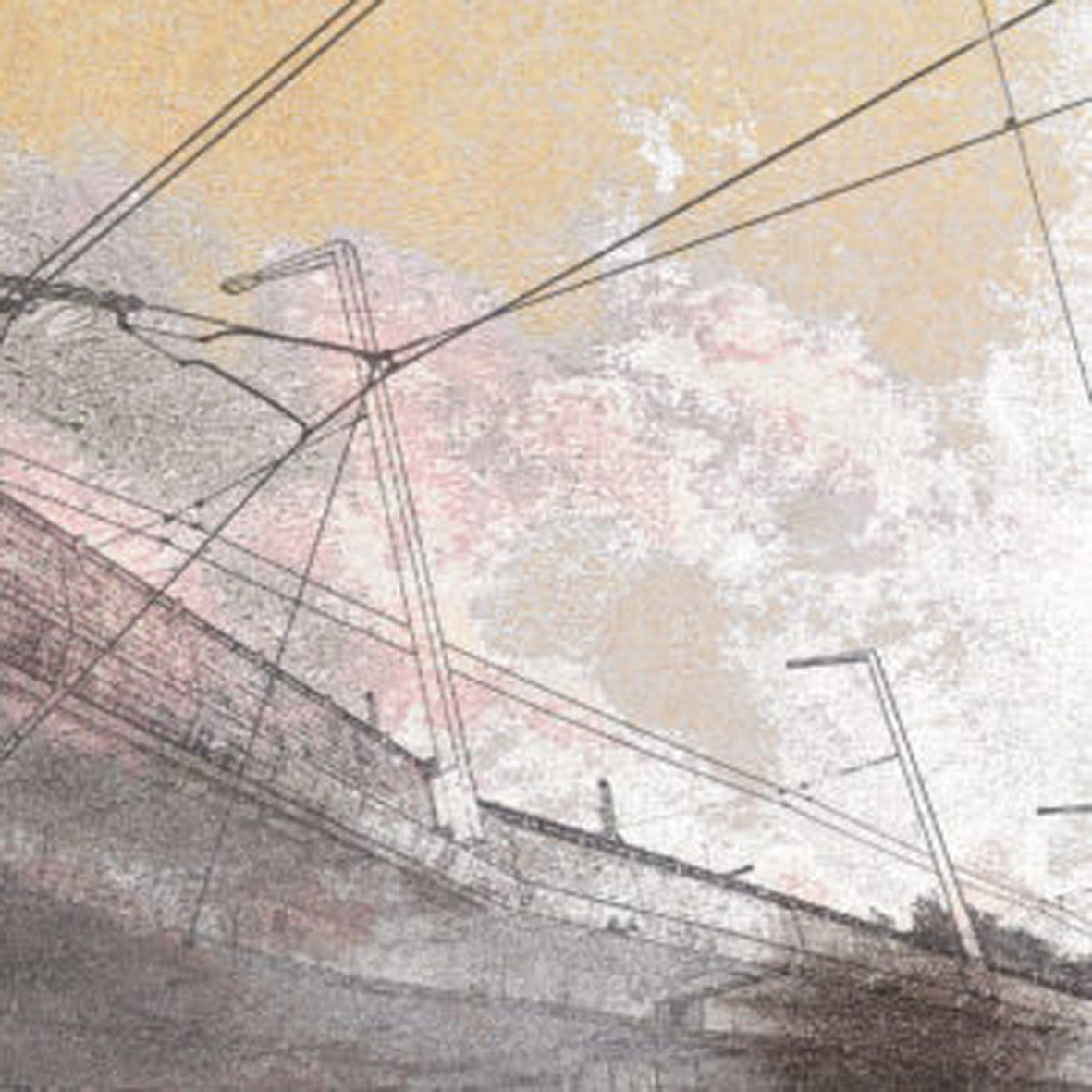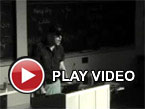Reinier van Houdt, "Paths of the Errant Gaze"

This Dutch pianist first crossed my path as part of the murderers' row of unusual contributors to Current 93's I Am The Last of All The Field That Fell, an event that would easily be the high point of most musicians' careers.  In Van Houdt's case, however, it was merely the most recent of a long string of interesting and provocative ventures, as his prominent role in the avant-garde community has led to participation in all kinds of important premiers and work with titans such as Luc Ferrari and John Cage.  As such, it is a bit surprising that his first solo album would surface on the rather post-industrial-centric Hallow Ground imprint.  That was quite a bit less surprising when I actually heard it though, as Van Houdt largely casts aside his background as a classical pianist to explore the darker electronic fringes as well as tortured theatricality a la Scott Walker.  Naturally, some veins are more compelling than others, but Paths of the Errant Gaze is certainly a strange and fascinating journey.
One immediately striking aspect of Paths of the Errant Gaze is that Van Houdt seems to have quite a restless muse, as it is quite difficult to discern a consistent stylistic thread running through these seven pieces.  For example, the wonderful yet all-too-brief opener "Atopic Radio" is a densely sizzling and throbbing collage that sounds like a pile-up of distorted numbers station transmissions filtered through a nightmare. Had the album continued in that vein for longer than two-and-half minutes, I suspect I would play it to death.  Instead, however, the following "Fabric of Loss" is a blearily dissonant and distracted-sounding piano reverie embellished with some ominous subterranean throbs, resembling nothing less than a Lustmord remix of an imaginary Morton Feldman piece.  It gets quite a bit more interesting once it segues into "Orphic Asylum," however, as cellist Simon Lenski contributes some beautifully strangled string work and Van Houdt starts disrupting the proceedings with a host of wild and gnarled musique concrète flourishes.  Somehow, it all gradually coheres into a vaguely "industrial" drum machine groove beset by all kinds of electronic cacophony, before wrong-footing me yet again with another segue into an eerily subdued drone piece ("Vessel") of hazy, choral-sounding vocals and reverberant creaking strings.
The album's second half commences with an unexpectedly haunted and moaning dirge ("Gaussian Veils") that showcases guest vocalist Paul Amlehn. I am rather perplexed by its inclusion, as it absolutely screams "Scott Walker" (or at least Black to Comm's Earth) and bears little resemblance to the rest of the album.  Objectively, the simmering underlying music is fairly inspired, as Van Houdt's dissonant, impressionist piano ripples are nicely enhanced with some menacing throbs and a disquieting harmonic haze, but Amlehn’s "opera of the damned" vocals understandably steal all the attention.  Sadly, the appeal is hopelessly lost on me.  Admittedly, I am not a huge Scott Walker fan either, but there is a substantial difference between feeling like I am eavesdropping on a demonic possession and feeling like some kind of undead creature clawed its way out of the grave to share its poetry with me.  "Gaussian Veils" errs on the side of the latter.  Thankfully, the piece catches fire a bit near the end, as it unexpectedly erupts into buzzing, sizzling, and hissing snarls of electronic noise. Curiously, the spectre of Amlehn disappears completely as the piece morphs into "Transfinite Spectre," a lengthy eruption of cut-up harsh noise that sounds like someone dropping the needle on a different spot of a Merzbow album every five seconds or so.  To his credit, Van Houdt does harsh noise quite well–I just do not understand why he felt the need to, as a classically trained musician of his caliber has a limitless number of less oversaturated creative avenues open to explore.  Perhaps the appeal is just that it is so violently different from the modern classical fare that he plays in his daily life as part of the MAZE ensemble.  In any case, once the cacophony eventually dies down, Van Houdt closes the album with a very brief yet beautiful coda of eerily oscillating drones, tape hiss, and tinkling piano ("Vapours").  Much like the other bookend, it is both wonderful and maddeningly ephemeral.
I suspect that some of my frustration with this album is probably due to the very high expectations that I had from the samples that preceded its release, but there are also a handful of moments such as "Atopic Radio" that easily exceed those hopes.  My real issue is simply that Paths of the Errant Gaze has a puzzling lack of focus, as if Van Houdt is trying on one guise after another hoping to find one that completely fits and feels natural.  I have no idea if he ever found it.  Also, the amount of time spent on each theme is weirdly self-sabotaging and seemingly arbitrary, making me wonder if this is more of a collection of experiments and odds n' ends that Reinier had lying around than a deliberately composed and sequenced whole.  The counterargument to that theory is that nothing here feels even remotely half-baked: Van Houdt's commitment, exactitude, and instincts are beyond reproach.  However, the counter-counterargument is that I do not understand why so many of the most inspired ideas end so quickly while the foray into howling white noise extends for almost half of a side.  Grumbling aside, however, this is still a very enjoyable album, as Van Houdt unquestionably has both excellent taste and the necessary talent to channel his disparate influences into visceral and evocative new forms.  For now, this is merely promising and enjoyable, but Van Houdt has the potential to be quite a formidable voice if the distinctiveness of his vision someday catches up with his abilities as a composer and musician.
Samples:
 



